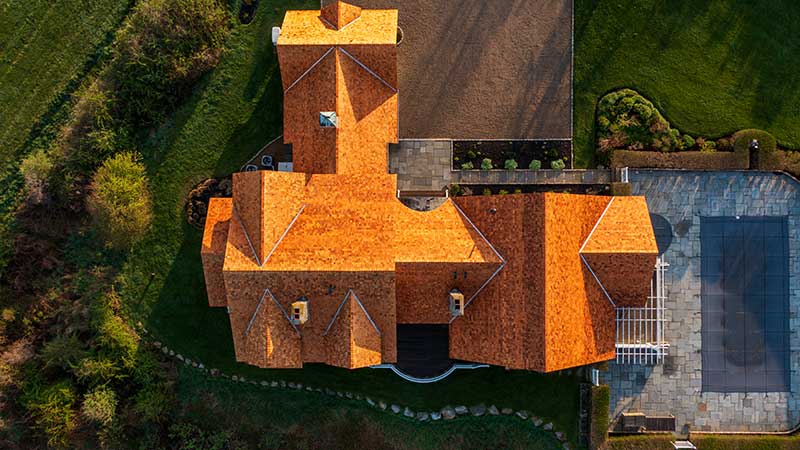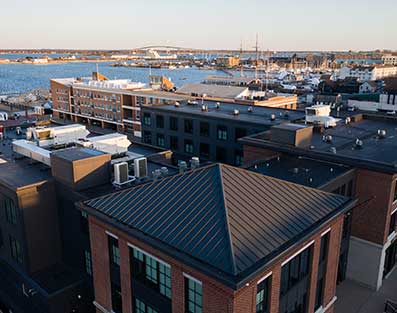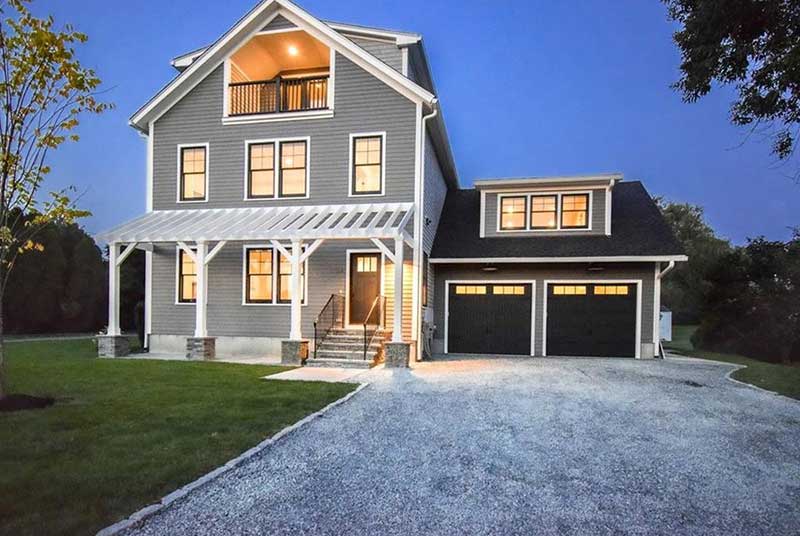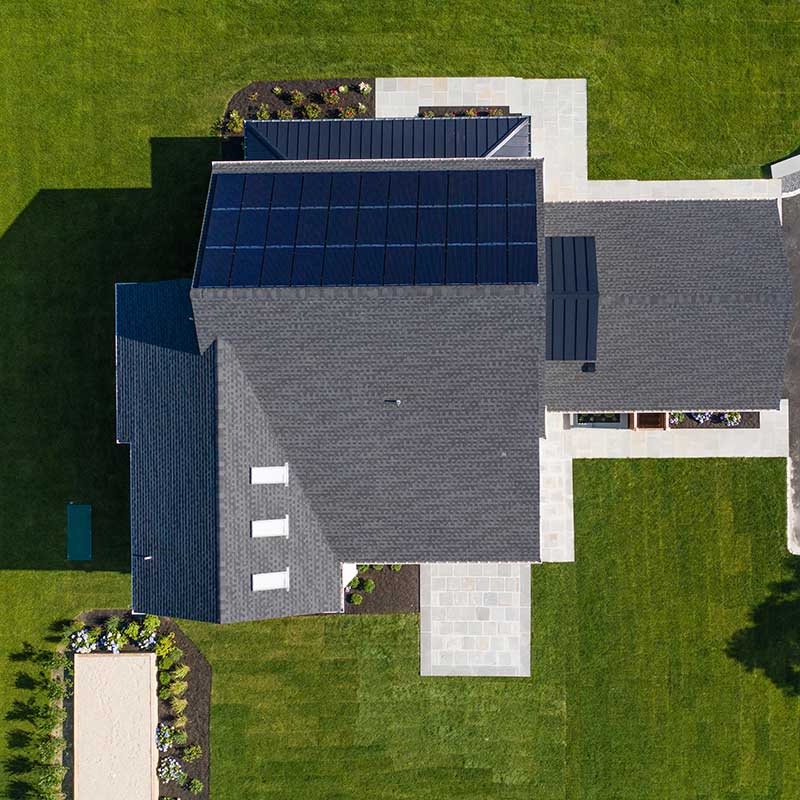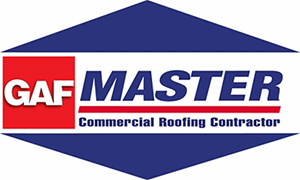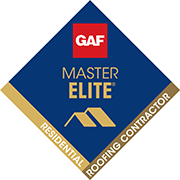In need of a new roof? One of the critical decisions you’ll face is whether to use roof rafters or trusses. Both options have their advantages and disadvantages, making it essential to understand the differences before making a choice.

Roof Rafters: Traditional Craftsmanship
Roof rafters are individual sloped beams that support the roof’s weight and transfer it to the walls. They are commonly made of wood and require skilled craftsmanship for installation. Rafters offer flexibility in roof design, allowing for customizations such as vaulted ceilings or attic spaces. They also provide ample space for insulation and ventilation, making them suitable for energy-efficient designs.
Trusses: Engineered Efficiency
Trusses are prefabricated structural components composed of triangular units. They are engineered for optimal load-bearing capacity and are usually made of wood or metal. Trusses are manufactured off-site and then assembled on-site, offering faster installation than rafters. They provide excellent structural strength and are suitable for spanning large distances without additional support columns. However, trusses limit design possibilities and may require specialized equipment for installation.
Main Factors to Consider
When choosing between roof rafters and trusses, the following factors come into play:
- Cost: Roof trusses are often more cost-effective due to their faster installation and material efficiency. However, intricate designs or customization may increase their costs. Rafters may be more expensive initially but offer design flexibility without additional costs for customization.
- Design Flexibility: Rafters allow for more design freedom, making them suitable for unique roof shapes or architectural features. Trusses are limited in design variations but excel in standard roof configurations and large spans.
- Installation Time: Trusses have a quicker installation process since they are prefabricated, saving time and labor costs. Rafters require on-site construction, which can prolong the installation timeline.
- Structural Strength: Trusses provide superior load-bearing capacity and structural stability, making them ideal for areas with heavy snow loads or high wind resistance. Rafters can also offer adequate strength but may require additional support for larger spans.
Count on A1 Roofing & Construction for premier roofing and construction services. Give us a call at (401) 265-1019 or fill out our contact form to schedule an appointment.

